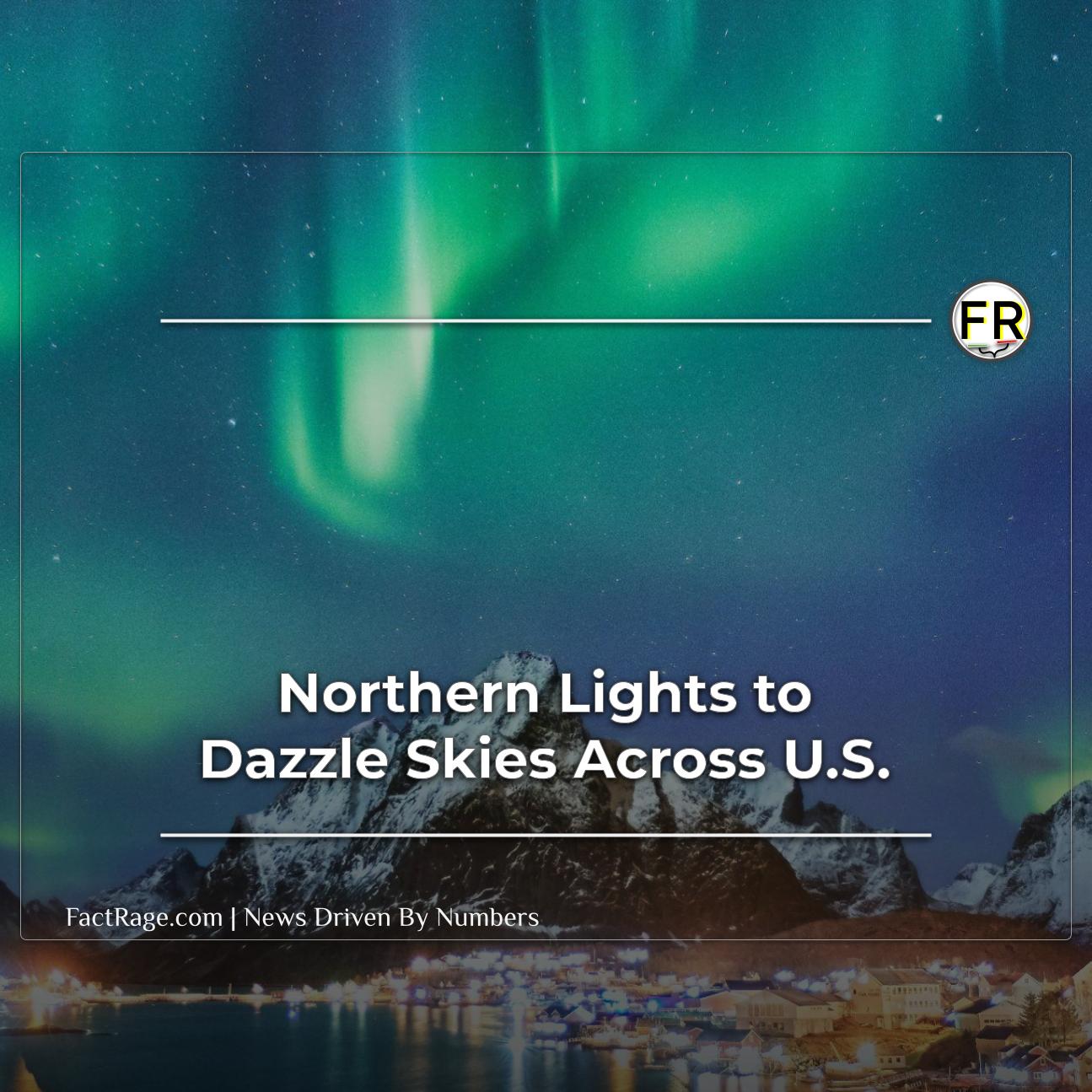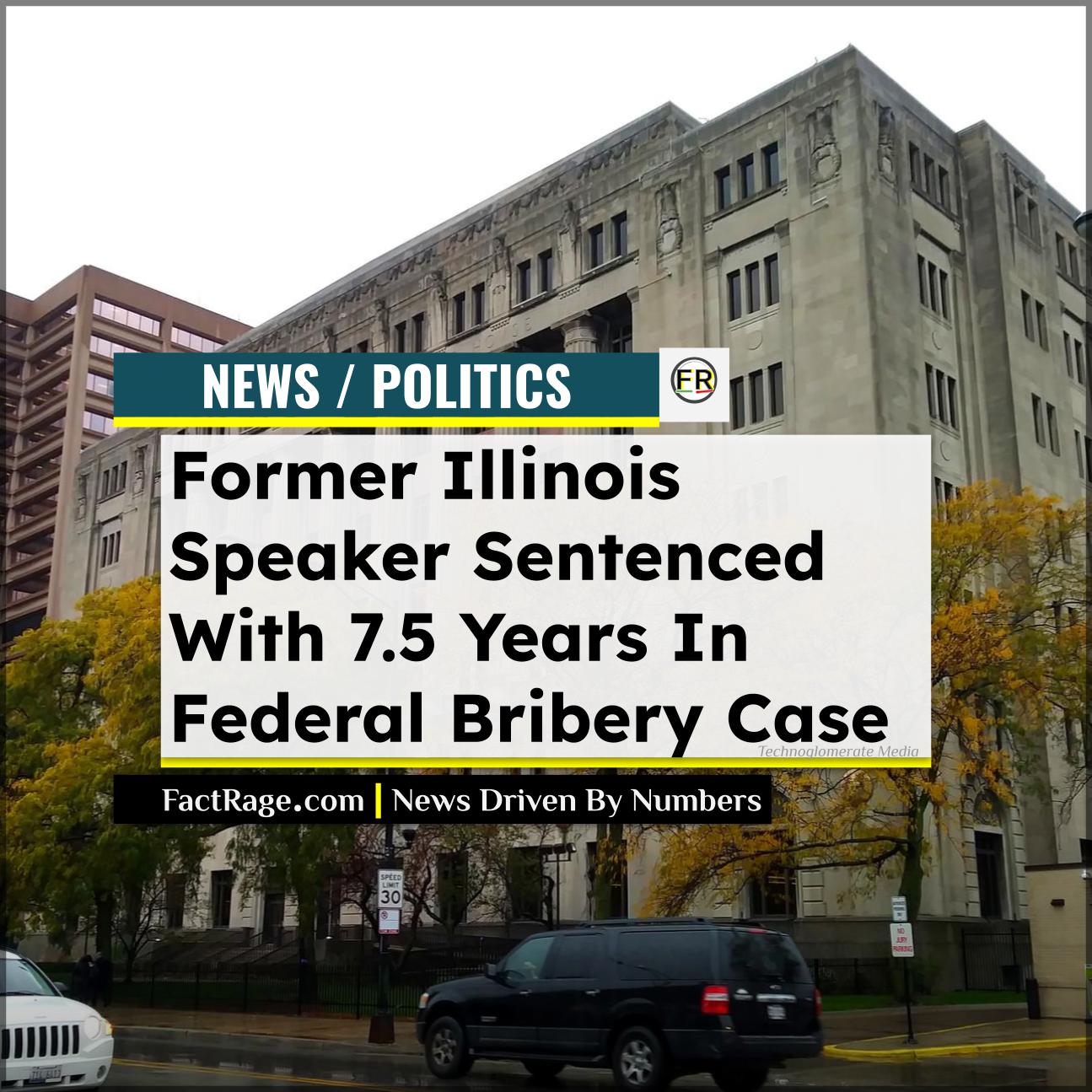NATIONWIDE – A severe (G4) geomagnetic storm is expected to make the Northern Lights visible across a broad portion of the United States on Sunday night into early Monday morning, potentially reaching as far south as Alabama and Northern California.
Key Facts:
- Widespread Visibility: A severe geomagnetic storm will enable the aurora borealis to be seen across a significant portion of the U.S., including areas much further south than typical, such as Alabama and Northern California.
- Storm Intensity: The geomagnetic storm reached G4 (severe) conditions early Sunday morning, with a slight chance of escalating to G5 (extreme), which could further extend visibility.
- Optimal Viewing: The best chances for viewing the aurora are from 10 p.m. to 2 a.m. local time, in dark locations away from city lights, with an unobstructed view of the northern horizon.
This anticipated celestial spectacle, driven by a powerful coronal mass ejection (CME) from the sun, offers a rare opportunity for many Americans to witness the aurora borealis.
What is Causing This Phenomenon?

The Northern Lights, also known as the aurora borealis, occur when electrically charged particles from the sun collide with gases in Earth’s atmosphere. These particles are ejected from the sun during events like solar flares or coronal mass ejections (CMEs). When a CME, a massive burst of solar wind and magnetic fields, strikes Earth’s magnetosphere, it can trigger a geomagnetic storm. These storms are classified on a G-scale from G1 (minor) to G5 (extreme). The current storm reached G4 (severe) conditions, allowing the aurora to be visible in lower latitudes than usual.
Where Can You See the Aurora?
While the Northern Lights are typically seen in high-latitude regions like Iceland or Alaska, this severe geomagnetic storm means that states much further south have a chance to witness the display. The National Oceanic and Atmospheric Administration’s (NOAA) Space Weather Prediction Center indicates potential visibility from Oregon and Northern California across the country into the Mid-Atlantic, and even down into Alabama. States like Michigan and Washington are expected to have the most vivid displays.
Will your area have clear skies? Weather forecasts indicate favorable viewing conditions across much of the U.S., with exceptions in the Desert Southwest, where cloud cover from Tropical Storm Alvin may interfere.
Tips for Optimal Aurora Viewing

For the best chance of seeing the aurora, finding a dark location away from city lights is crucial. Light pollution can significantly diminish the visibility of the aurora. An unobstructed view to the north is also recommended, especially for those in middle latitudes, as the aurora may appear closer to the horizon. The prime viewing time is generally between 10 p.m. and 2 a.m. local time. The moon’s current phase, being very young, will not pose a significant hindrance to viewing.
What if you can’t see it with the naked eye? Even if the colors are faint, modern smartphone cameras are often capable of capturing the aurora, even when it’s not strongly visible to the eye. NOAA’s Space Weather Prediction Center website offers real-time tracking of geomagnetic activity.











